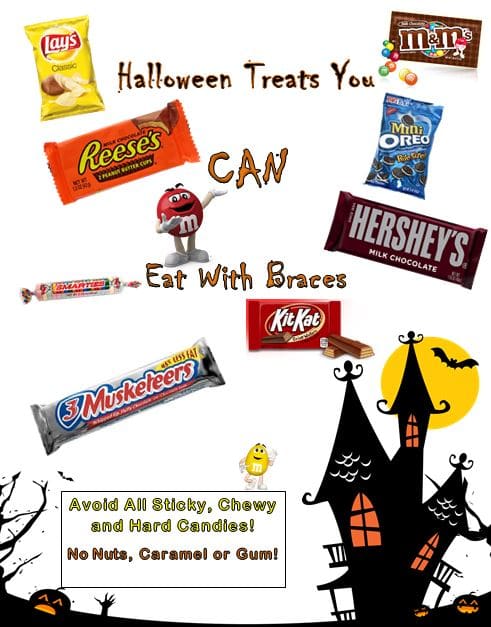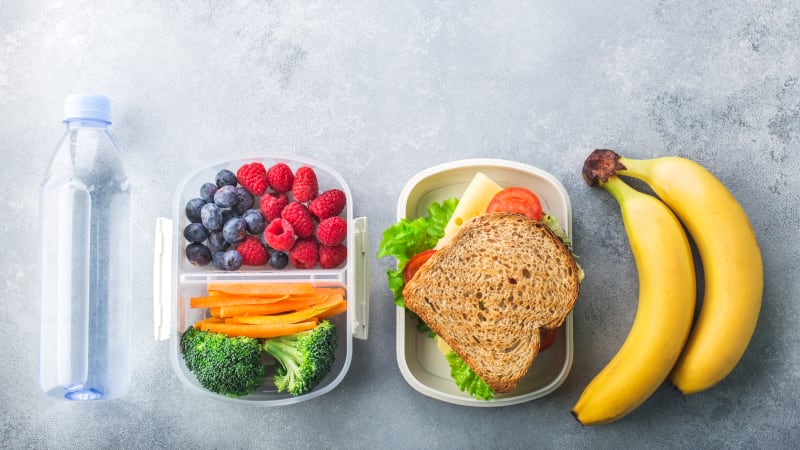November is TMJ Awareness Month
November 6th, 2023
What is TMJ anyways? TMJ stands for the Temporomandibular Joints, which are two joints that connect the lower jaw to the skull.

It is important to bring awareness to TMJ as approximately 36 million Americans suffer from TMJ disorders. TMD stands for the Temporomandibular disorders which are a common group of related pain conditions involving the TMJ, jaw muscles and associated structures.
The symptoms to look for are:
- Pain in the TMJ or jaw muscles
- Joint sounds such as clicking or popping
- Limitations in jaw movement
- Tension in face or neck
- Headaches, especially in the temples
- Difficulty chewing/swallowing
- Fatigue
Once diagnosed, there are some ways to help ease the pain on your own. For example, eating softer foods, avoiding repetitive functions (nail-biting, chewing gum), using heat packs, or practicing relaxation techniques to minimize jaw tension. If that does not do the trick, it could be beneficial to let your dentist know. Your dentist will be able to to recommend some jaw exercises, prescribe medications if it is necessary, or even create a night guard/bite plate to decrease the clenching and grinding you may be experiencing.
Can orthodontic treatment help TMJ disorders?
Orthodontic treatment CAN be helpful in treating TMJ disorders, but it is never a GUARANTEE that it will completely fix it. An orthodontist or a dentist could recommend the use of a night guard to help the jaw muscles relax and heal while you are asleep. If a patients occlusion is the main factor in causing TMJ, then getting braces or Invisalign treatment could be recommended by your orthodontist.
If prior techniques do not seem to be working, it would be a great idea to at least schedule a consultation. Thankfully, Dr. Kennell at Kennell Orthodontics of Laconia, NH offers FREE consultations. He will give a detailed exam and provide his expertise on what actions to take next. If this sounds like something you have been experiencing, come see us soon!






